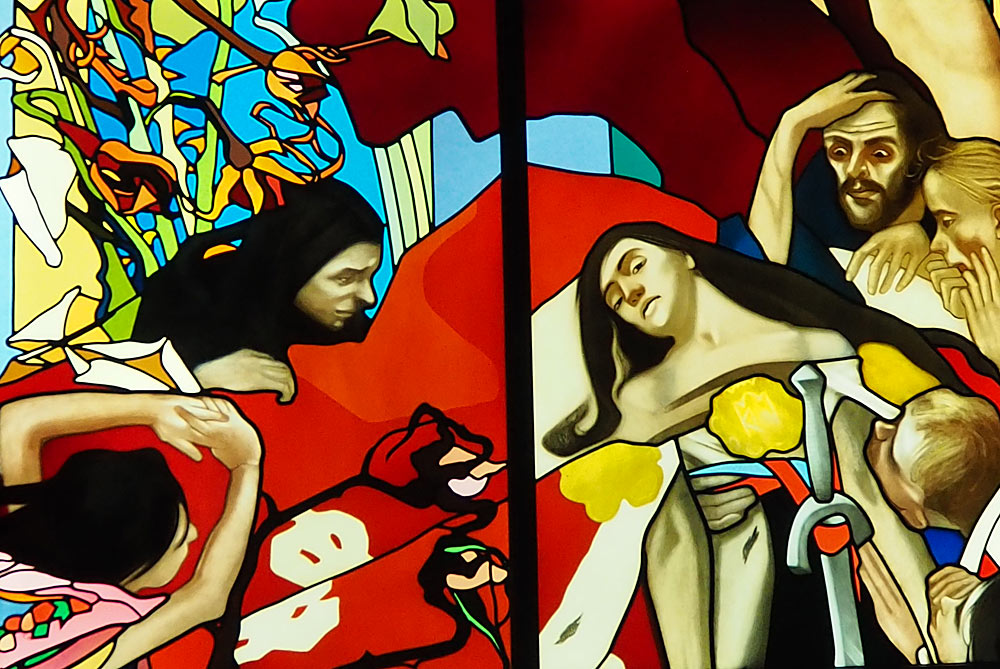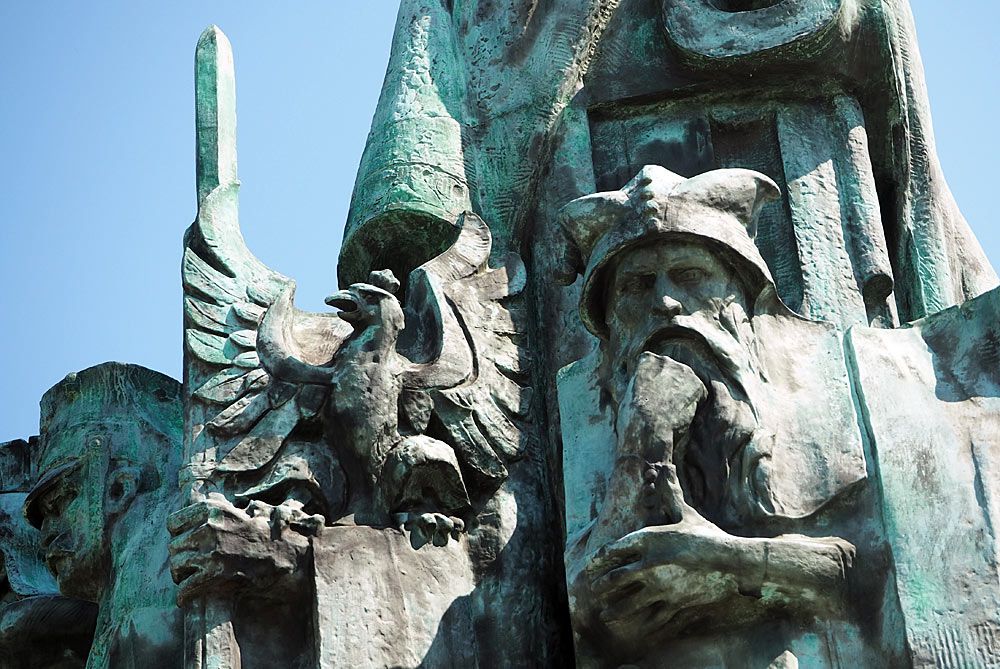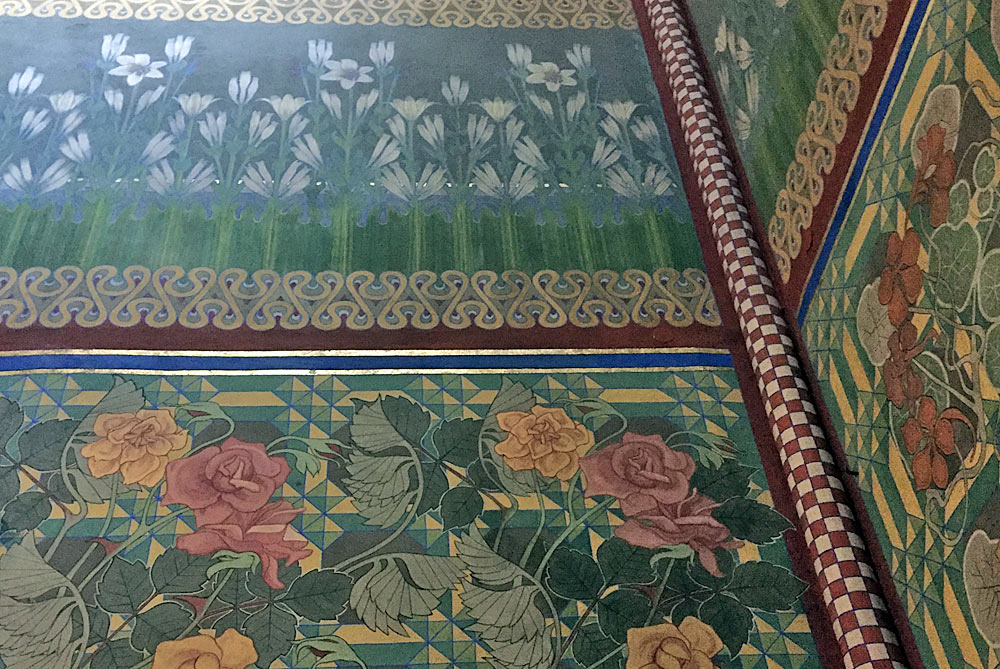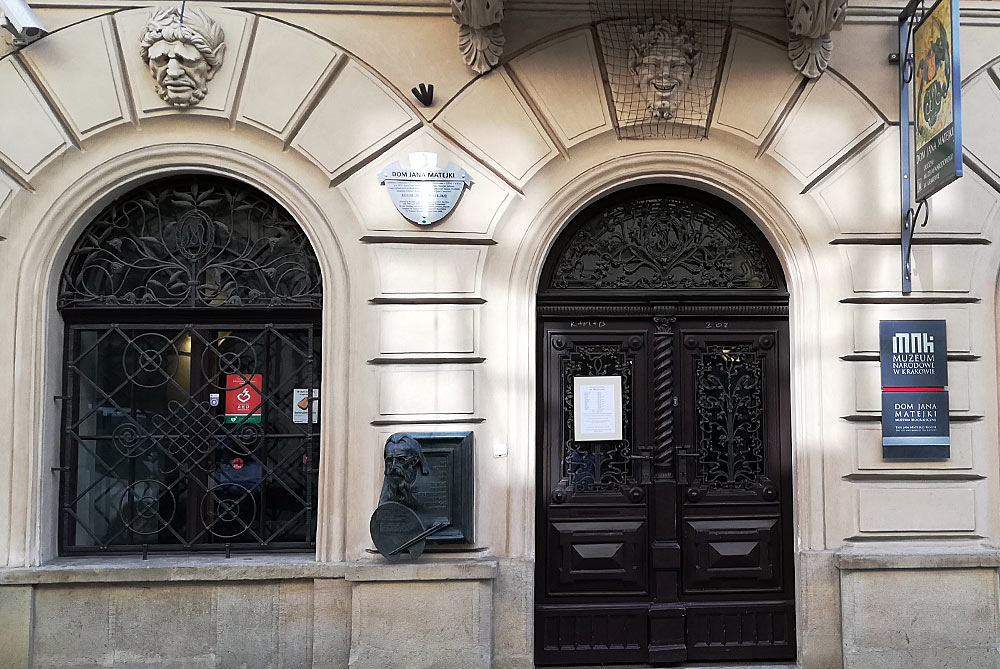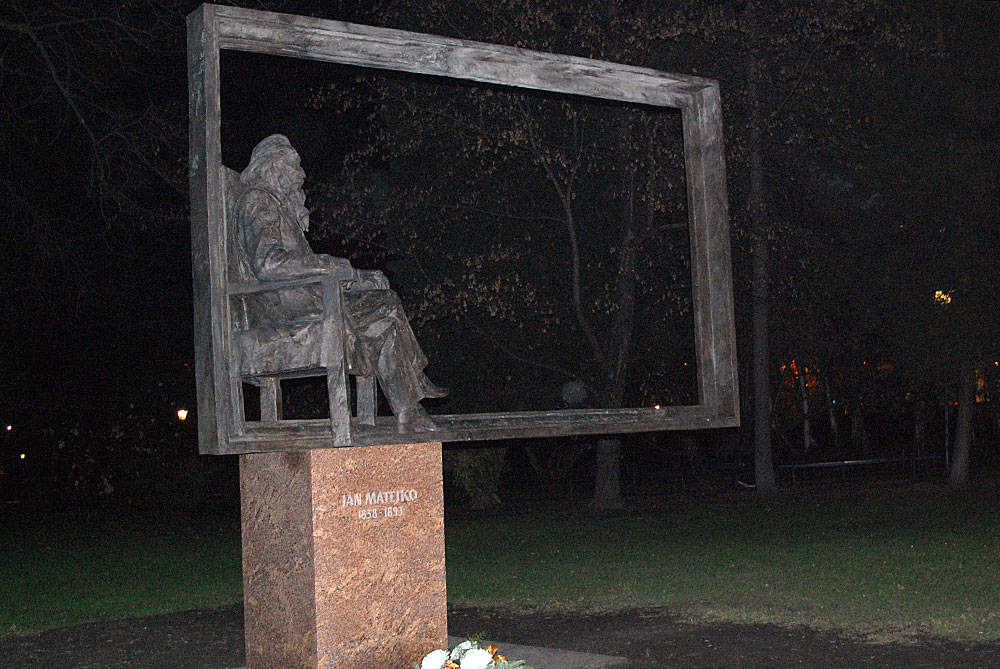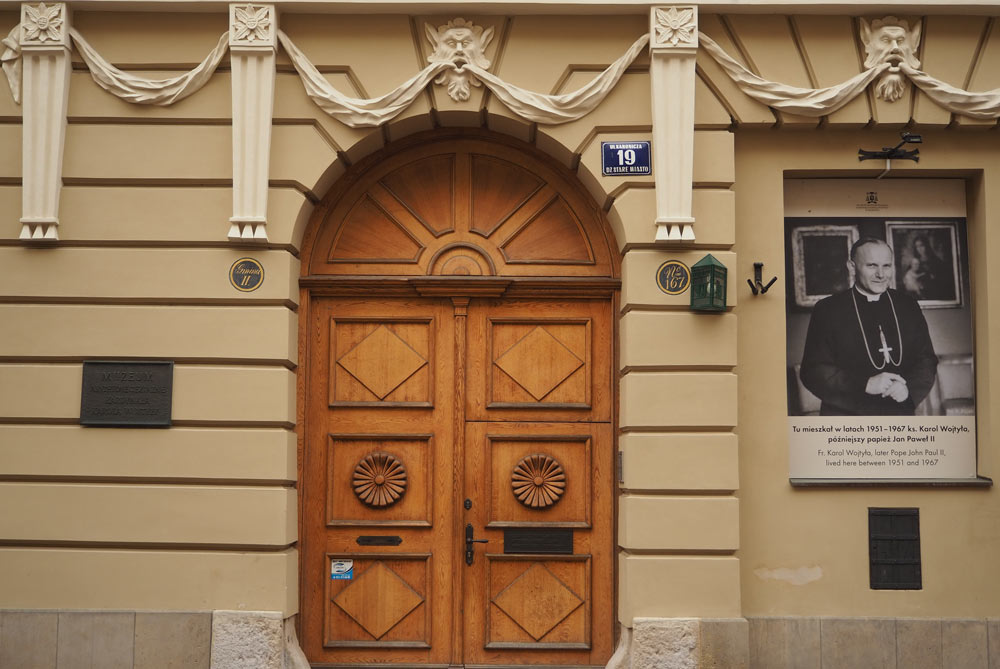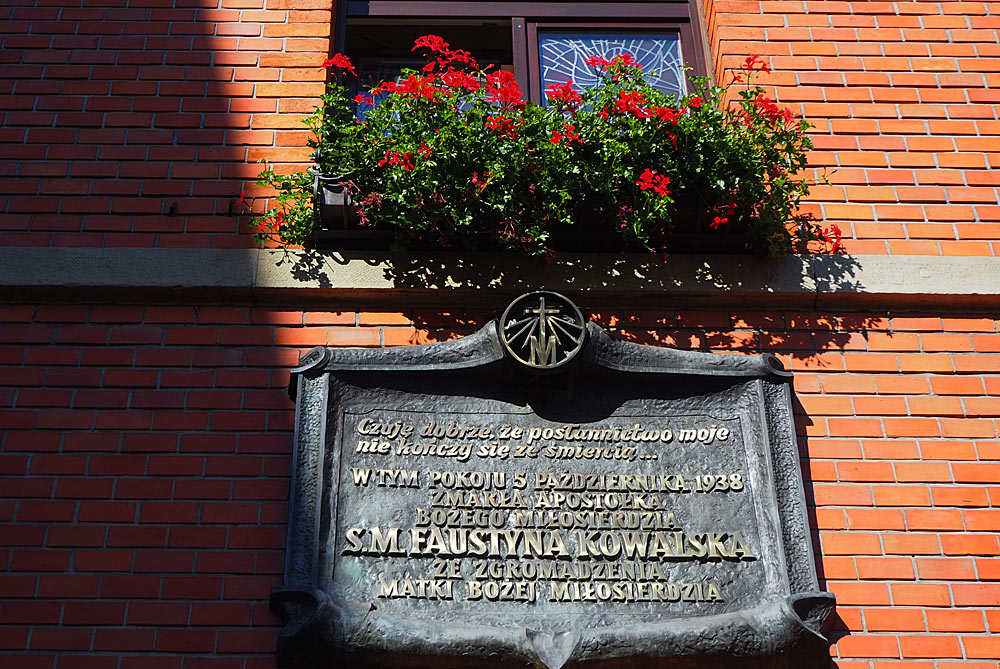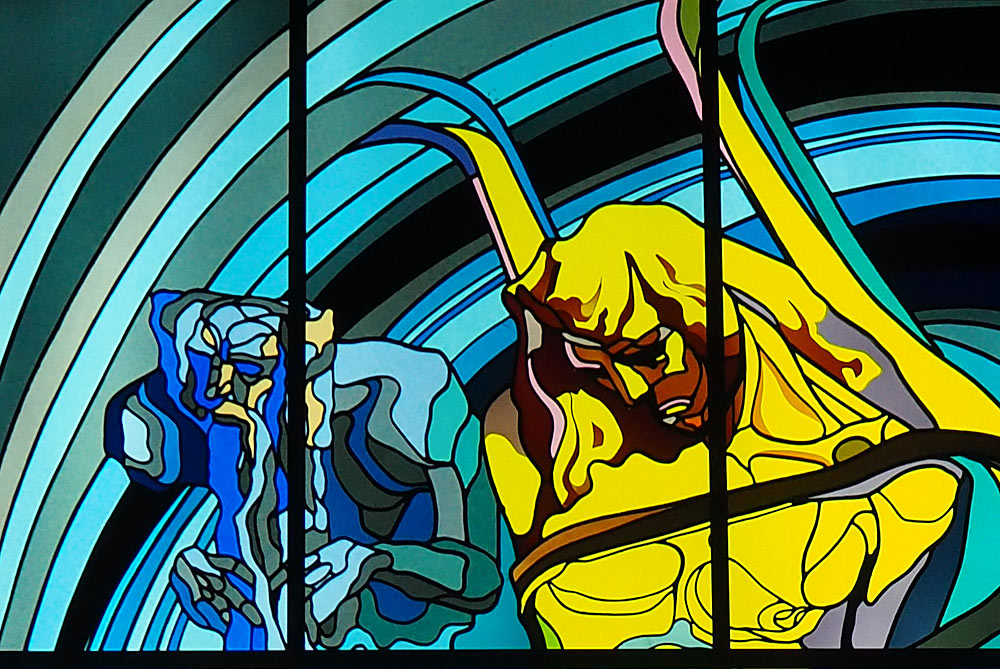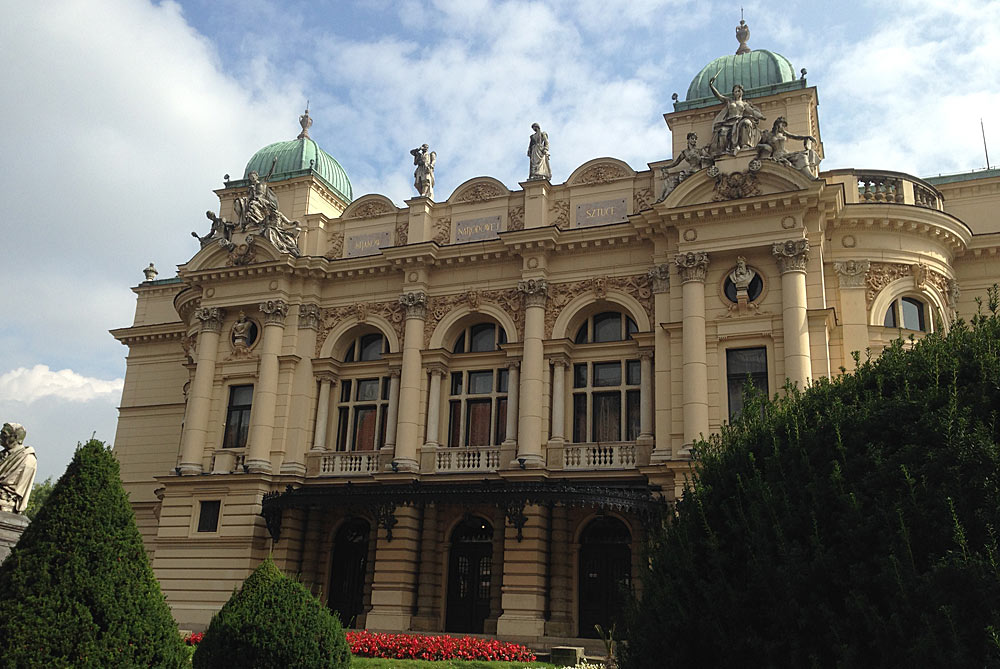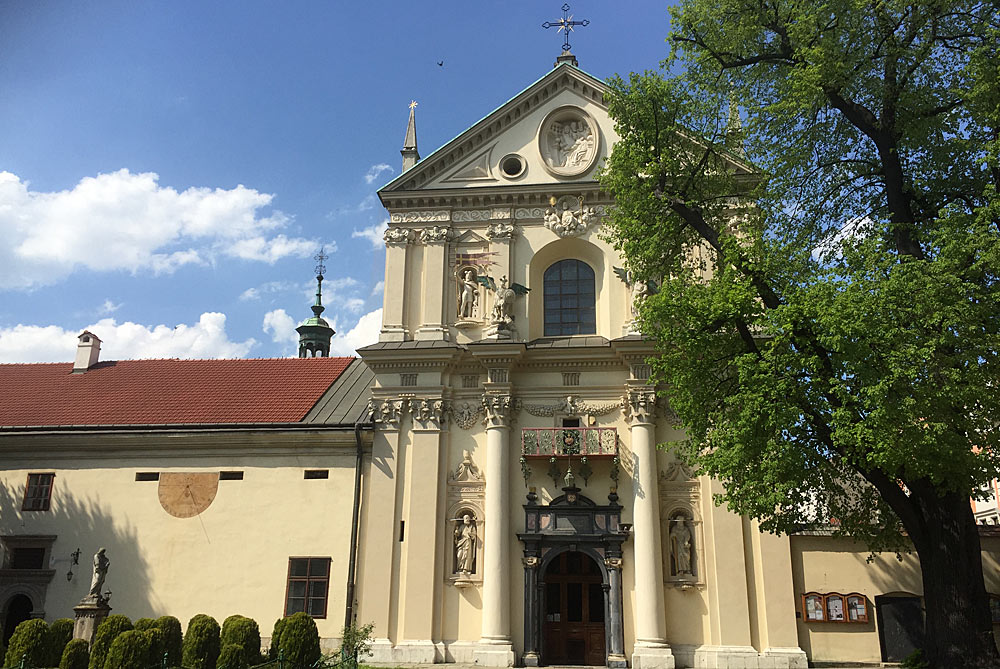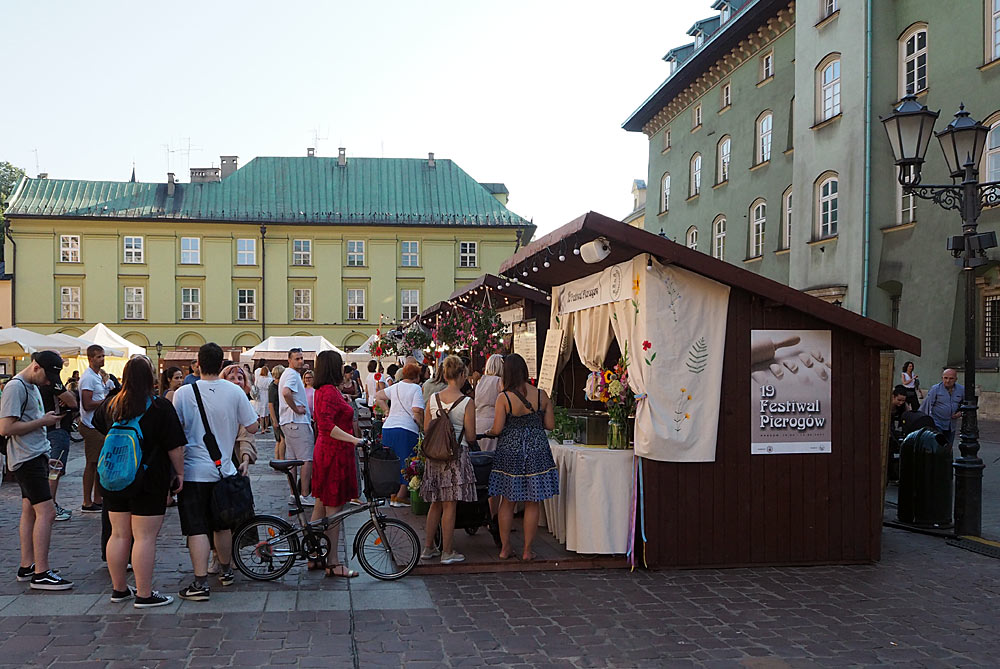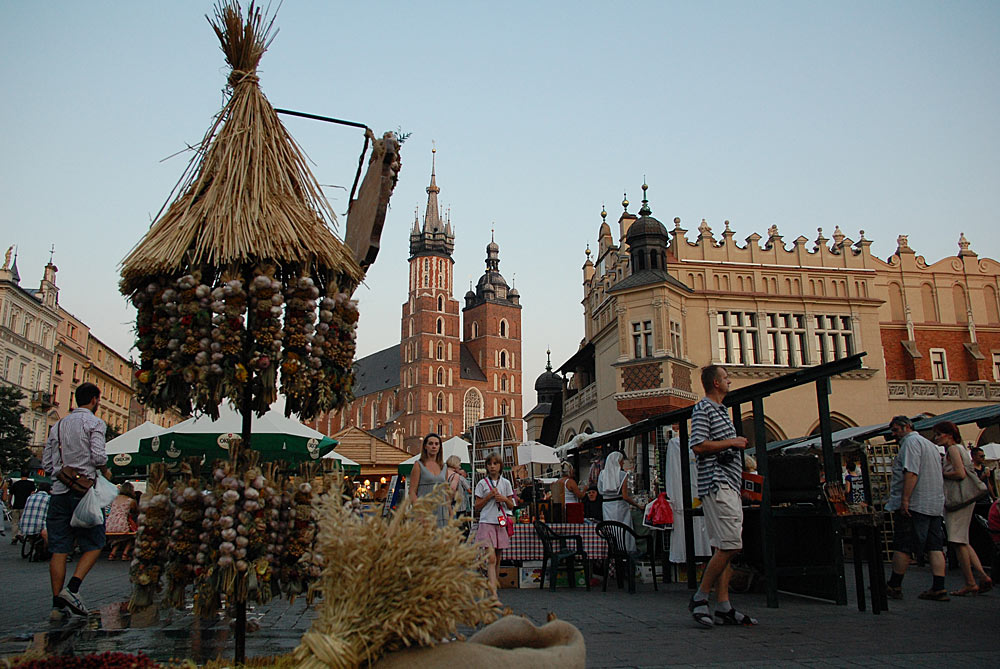The Federation’s guides have extensive knowledge of Krakow. They can show Krakow and its neighbourhood, its history, its inhabitants and its traditions in a variety
of ways. History, architecture, painting, photography, gastronomy, nature, active recreation, etc. – they can give a sense and need to visit Krakow.
The guides create original, thematic routes tailored to the individual wishes and interests of tourists. Below are some standard routes, and there can be thousands of them.

